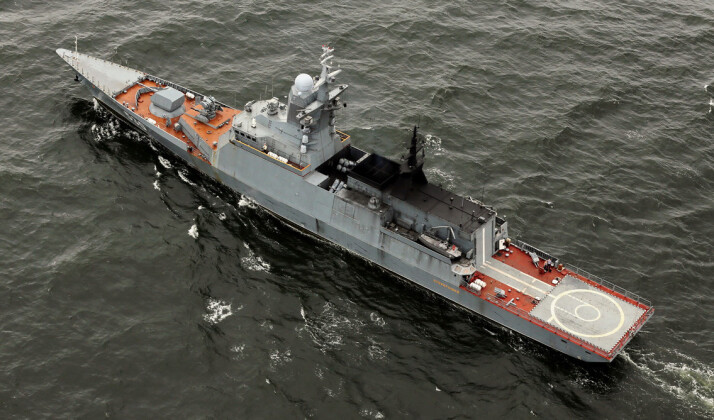Russian President Vladimir Putin has announced that the Zicron hypersonic cruise missile would soon become operational in the Russian military. This came two years after the first Zicron missiles were delivered to the Russian Navy in December 2019. The development comes as tensions between Russia and the Western Bloc are fast rising over a range of issues including possible deployments of NATO nuclear weapons to Eastern Europe and Western allegations of both Russian troop buildups near Ukraine and involvement in a border migrant crisis between Belarus and Poland. The president stated regarding the new hypersonic asset: “We have now tested, and successfully, and from the beginning of the year we will be armed with new sea-based hypersonic missiles, Mach 9 [speed].” Putin stressed that the development of the Zicron and other hypersonic weapons was a response to NATO threats to Russian security, stating: “things have come to the point that anti-missile defence systems are deployed in Poland and Romania and the launchers that are there, Mk-41, can also be equipped with the Tomahawks track systems. But this also creates threats for us. Well, this is the obvious fact, the obvious thing. Despite all of our requests not to do this, what has happened? What we see now. In response, we have been forced, I want to emphasise this, we have been forced to start developing hypersonic weapons. This is our response.”

It remains uncertain how widely the Zicron missile will be deployed, and when or if new variants will be supplied to services other than the Russian Navy. Multiple reports have indicated that other variants, including ground and air launched missiles, are under consideration. The missile is three times as fast as its closest competitors, the Chinese YJ-18, Russo-Indian BrahMos, and Russian Kalibr, while the large majority of Western cruise missiles are still subsonic. The Russian Navy has notably developed small frigate and corvette sized ships capable of accommodating long range cruise missiles, where in Western navies these are deployed exclusively by destroyers and cruisers. This reflects Russia’s extreme focus on missile technologies to asymmetrically tackle larger navies, as the country has laid down no frigates or cruisers for its own use since the Soviet era. The Kalibr will reportedly also be capable of striking ground targets, and its speed, manoeuvrability and speculated use of plasma stealth make it effectively impossible to intercept for existing air defence systems.
